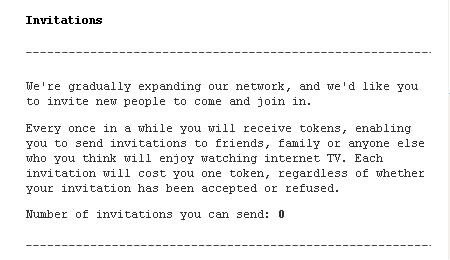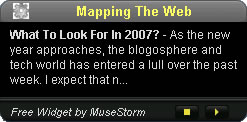The Venice Project - Now in BETA
Monday, January 8th, 2007 I just received an early morning e-mail from The Venice Project crew. It’s official. The stealth start-up is now in BETA mode and testing can begin.
I just received an early morning e-mail from The Venice Project crew. It’s official. The stealth start-up is now in BETA mode and testing can begin.
As mentioned a million times already, this new venture is backed by the same guys who brought us KaZaa and Skype. In this case, third time doesn’t need to be a charm when you’ve already struck big on your first two endeavours. Nonetheless, expect big things from this infant project that promises to “completely revolutionise television. Combining the best features of TV with the powerful social features of the internet, The Venice Project will give TV viewers, advertisers and content owners more choice, control and creativity than ever before”.
Sounds ambitious, but I have no doubt that if anyone can pull this off, it’s these chaps.
The BETA e-mail goes on to say:
“Today, we’re inviting you to take a sneak preview of our work and take part in The Venice Project’s first beta testing phase. This is a private, invitation-only beta test and the software is still in the early stages, but we would greatly value your opinions. We hope you’ll participate actively by giving us your feedback on everything from bugs to performance issues and suggestions for new features.”
With this BETA release, it appears as though the company is following a gMail-esque type word-of-mouth marketing campaign. In other words, they are offering a certain few a limited number of ‘invitations’ in an attempt to create an exclusivity buzz. This is out-dated and unoriginal.

Before I make a premature analysis of the program, I am going to take the time to immerse myself with its features and functionality. Stay tuned for an upcoming post.
In the meantime, here are some pages of interest that you do not need BETA or log-in credentials to view:
UPDATE: As requested by a reader, please inform me if you would like an invite when I receive tokens. Do so by dropping me a comment to let me know.
